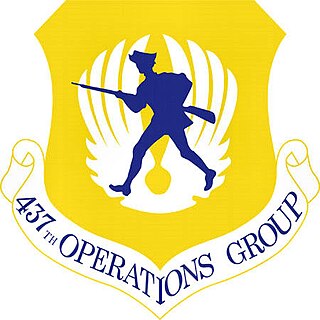
The apple maggot, also known as the railroad worm, is a species of fruit fly, and a pest of several types of fruits, especially apples. This species evolved about 150 years ago through a sympatric shift from the native host hawthorn to the domesticated apple species Malus domestica in the northeastern United States. This fly is believed to have been accidentally spread to the western United States from the endemic eastern United States region through contaminated apples at multiple points throughout the 20th century. The apple maggot uses Batesian mimicry as a method of defense, with coloration resembling that of the forelegs and pedipalps of a jumping spider.

Code page 437 is the character set of the original IBM PC. It is also known as CP437, OEM-US, OEM 437, PC-8, or DOS Latin US. The set includes all printable ASCII characters as well as some accented letters (diacritics), Greek letters, icons, and line-drawing symbols. It is sometimes referred to as the "OEM font" or "high ASCII", or as "extended ASCII".
Code page 852 is a code page used under DOS to write Central European languages that use Latin script.
Code page 865 is a code page used under DOS in Denmark and Norway to write Nordic languages.
Diachasma alloeum is a small wasp in the family Braconidae. It is a parasitoid of Rhagoletis pomonella, the apple maggot. The wasp lays its eggs into third-instar larvae of the fly, which then develop after the larvae have pupated. The immature wasps then eat the fly larvae and overwinter inside the fly puparia.

437 Transport Squadron is a unit of the Canadian Armed Forces under the Royal Canadian Air Force, based at CFB Trenton in Ontario. The unit operates the CC-150 Polaris, the CC-330 Husky, and is responsible for long range military and VIP transportation.

The 437th Airlift Wing is an active unit of the United States Air Force, assigned to 18th Air Force, Air Mobility Command. It is the mission wing at Charleston Air Force Base, Joint Base Charleston, in the City of North Charleston, South Carolina.

Zinc finger protein 165 is a protein that in humans is encoded by the ZNF165 gene.

The Rural Municipality of North Battleford No. 437 is a rural municipality (RM) in the Canadian province of Saskatchewan within Census Division No. 16 and SARM Division No. 6. Located in the west-central portion of the province, it comprises the rural area generally to the north and east of the City of North Battleford.

National Route 437 is a national highway of Japan connecting Matsuyama, Ehime and Iwakuni, Yamaguchi in Japan, with a total length of 61.7 km (38.34 mi).

The 437th Operations Group is an active United States Air Force unit. It is the flying component of the Eighteenth Air Force 437th Airlift Wing, stationed at Charleston Air Force Base, South Carolina.
German submarine U-437 was a Type VIIC U-boat of Nazi Germany's Kriegsmarine during World War II. She carried out eleven patrols, but sank no ships. She was a member of sixteen wolfpacks. She was damaged by British bombs in Norway on 4 October 1944 and stricken; she was broken up in 1946.

The Atari ST character set is the character set of the Atari ST personal computer family including the Atari STE, TT and Falcon. It is based on code page 437, the original character set of the IBM PC.
The GEM character set is the character set of Digital Research's graphical user interface GEM on Intel platforms. It is based on code page 437, the original character set of the IBM PC.

NGC 437 is a lenticular galaxy of type S0/a located in the constellation Pisces. It was discovered on October 22, 1886 by Lewis Swift. It was described by Dreyer as "pretty faint, very small, round, faint star to northwest."
Ventura International is an 8-bit character encoding created by Ventura Software for use with Ventura Publisher. Ventura International is based on the GEM character set, but ¢ and ø are swapped and ¥ and Ø are swapped so that it is more similar to code page 437. There is also the PCL Ventura International, which is used for communication with PCL printers. PCL Ventura International is based on HP Roman-8. Both have the same character set, but a different encoding.
Code page 1057, HP PC-8, is a character encoding specified by IBM. It is a close derivation of Code page 437.
Code page 3846 is a modification of code page 437 to support the Turkish language. This code page is supported by Star printers and FreeDOS.










